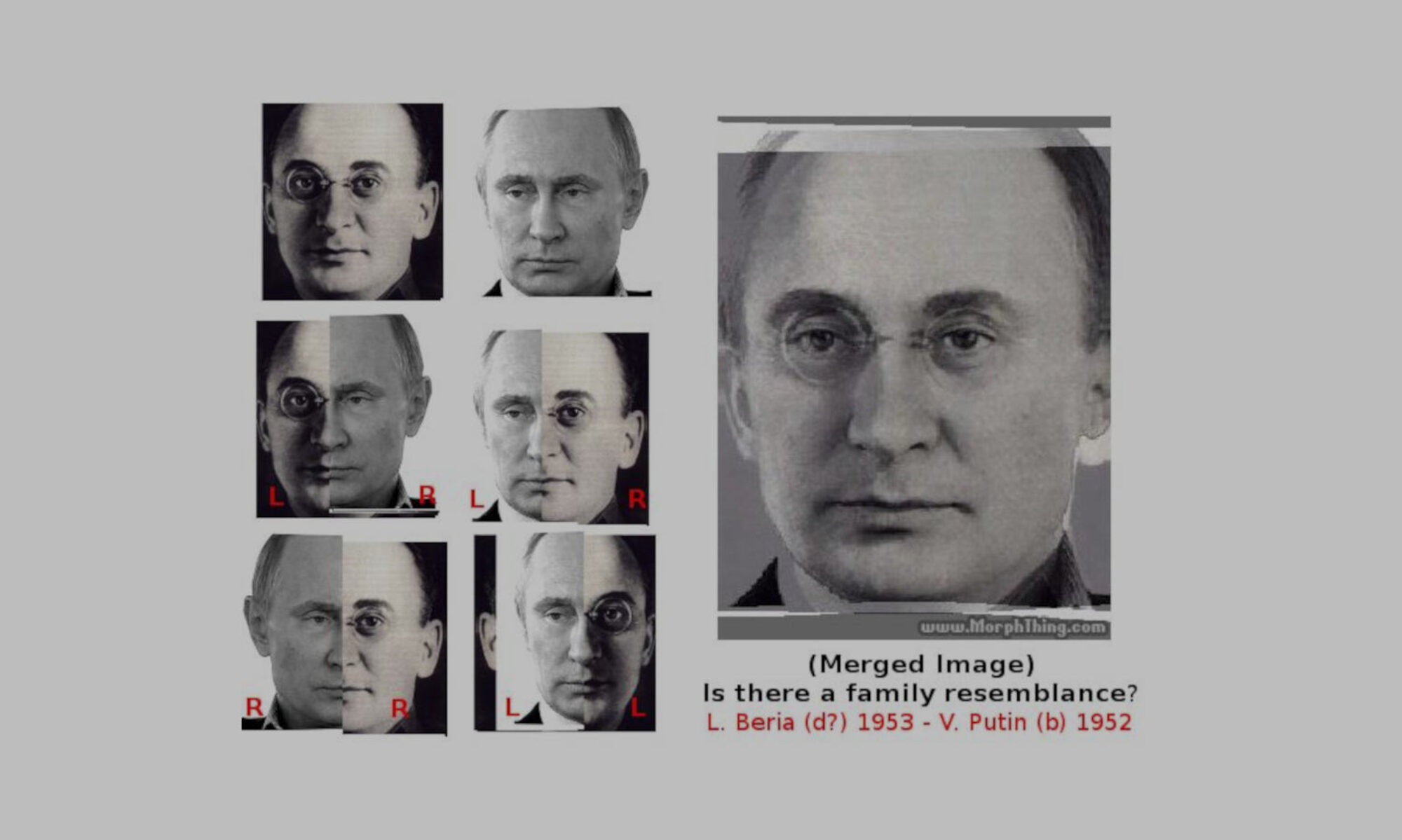One of Russia’s first “belletristic texts” (and potentially its first novel) was The Tale of Dracula. This book had a tremendous impact on the leadership of Ivan the Terrible (Ivan IV); who cultivated a Russian national mythology which still persists. In understanding Russian revanchist strategy, this is important.
Dracula (Vlad Tepes), was a Wallachian leader from the 15th century. His deeds were immortalized in the stories of German publicists from the time period. Dracula stories followed a common format of dark humor which was seen to emphasize an ‘Old Testament’ style of kingly behavior.
Beyond his reputation as an “impaler” (stemming from stories of his battles against Ottoman Turks following the “fall” of Constantinople), Dracula was known to nail hats to the heads of Turkish diplomats who refused to remove them, and set his own poor subjects on fire en-masse after feeding them a lavish banquet. These stories painted a complex view of Dracula. He was not necessarily seen as a purely-evil figure, but strangely as someone who’s ‘cruel but just’ leadership promoted social order and Christian values.
In the late 15th century, during the reign of Ivan the Great (Ivan III) the Russian diplomat Fyodor Kurytsin probably brought these stories to Russia. They were then re-scribed by the Russian Orthodox monk Efrosin as The Tale of Dracula. (A unique difference from the original was that Efrosin highlighted his discontent with Dracula’s conversion to Catholicism.)
Ivan III’s grandson, Ivan IV (known to exhibit antisocial behaviors from a young age), eventually took on many Dracula stories, literally applying them to himself. He even took on the connotation of an impaler. This literary format has been called ‘tsar-Dracula’. Like Vlad Tepes before him, and regardless of their truth, these stories were likely popular with common people who might have seen such brutality towards foreigners, elites, and criminals as the basis for law and order.
(Underlining the connection between religious brutality and tsar-Dracula, Ivan IV was said to even ‘cosplay’ as the devil, carrying out ‘biblical punishments’ in a monastery dungeon resembling hell.)
Through a system of translatio-imperii and forgeries, Ivan IV brought the Russian church under control of the Tsar and was proclaimed protector of Orthodoxy. Ivan IV espoused additional mythologies; such as those which related Russia to Israel, the Tsar to King David, and the idea of “Third Rome”. Third Rome proclaimed Moscow as the third seat of Christianity following the supposed ‘fall’ of “First Rome” to heresy (Rome itself) and “Second Rome” to the Muslims (Constantinople – the former seat of the Orthodox faith).
Ultimately, Ivan IV’s ‘hijack’ of The Tale of Dracula fit a “propaganda” pattern common to his reign, and supported a Third Rome ideology in its relation to Constantinople and therefore, Orthodoxy. The idea of Third Rome influenced the Bolsheviks, and persists in the dogma of Russian Orthodox ‘Old Believers’ like Aleksandr Dugin (some of who see the Tsar as an incarnation of Antichrist).
Certainly, the idea of a “strongman” leader like tsar-Dracula still finds currency in Russia.
